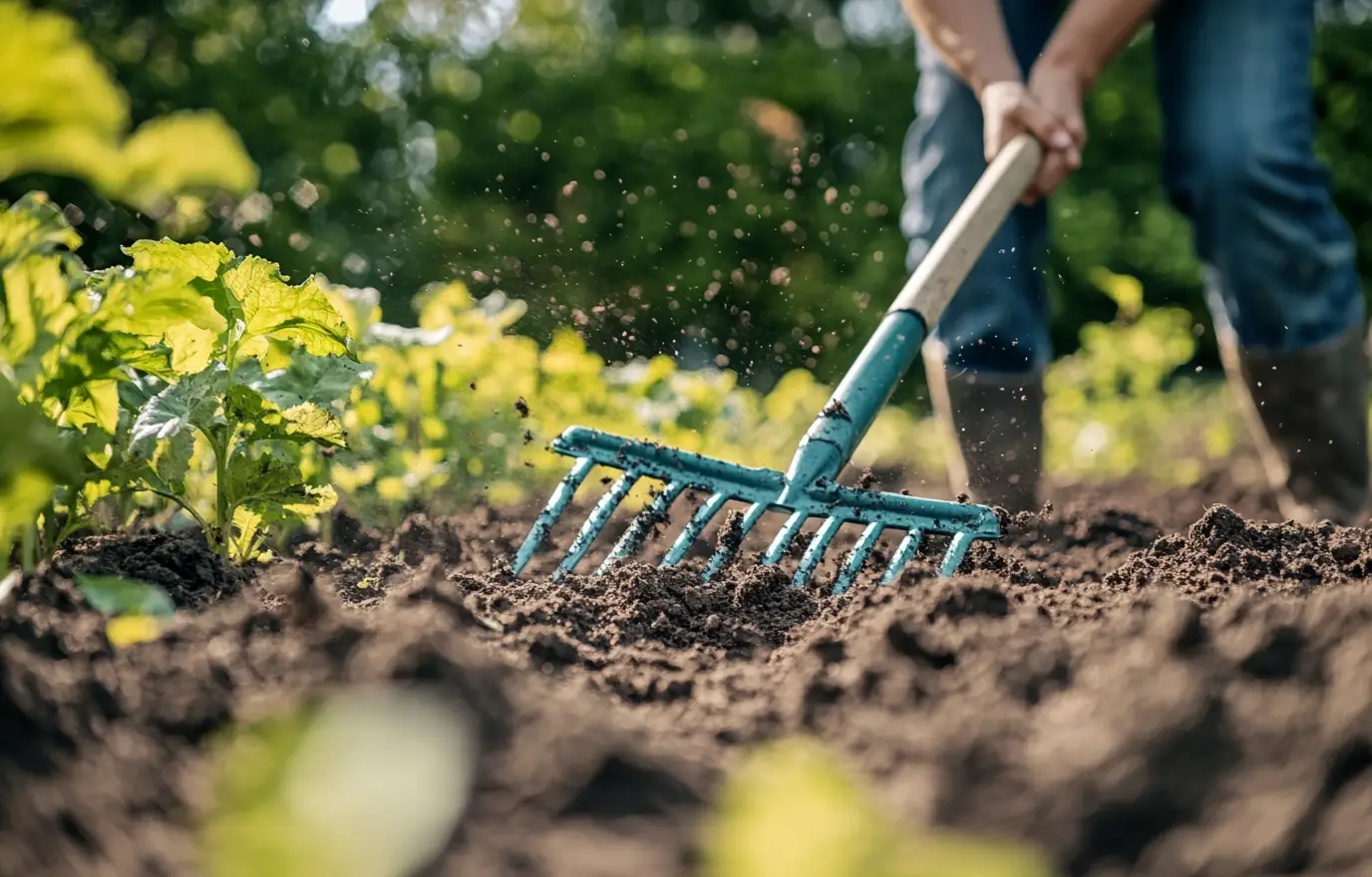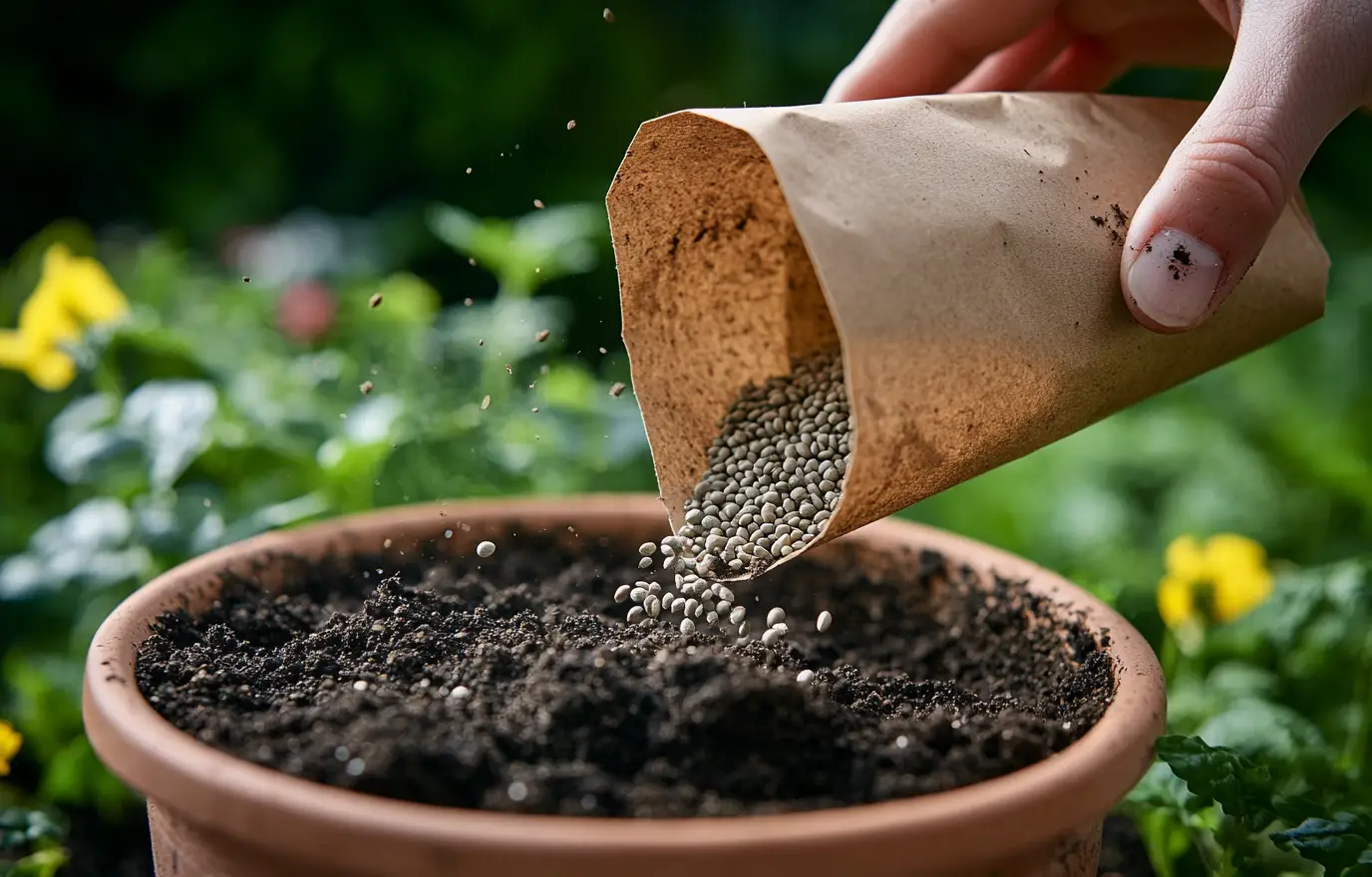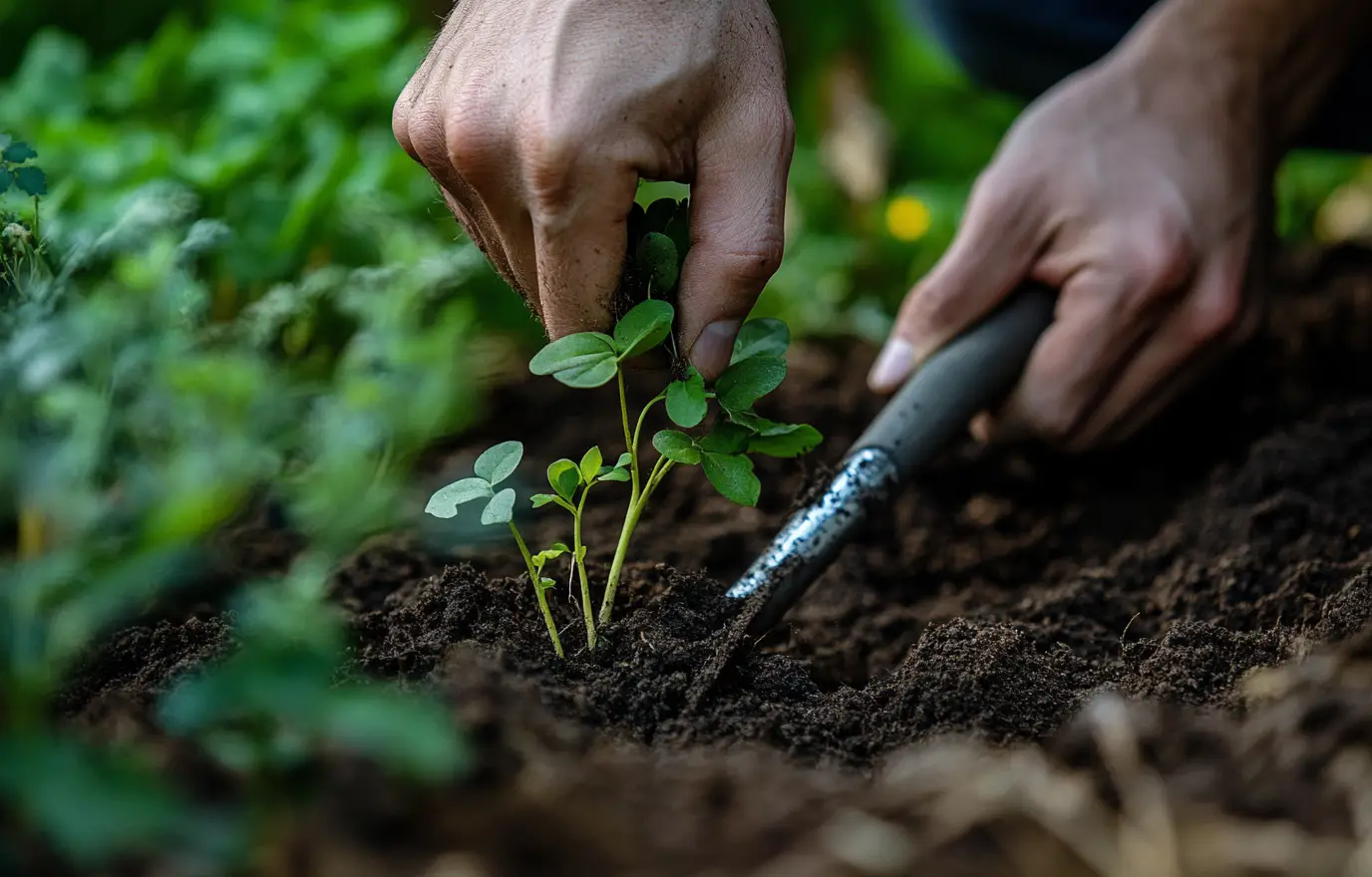Follow This 10 Steps To Start Your Own Garden

PHOTO: Yueke
Starting a garden from scratch can be overwhelming for beginners. However, by breaking down the process into manageable steps, you can ease into gardening and soon enjoy the fruits of your labor, whether you're growing vegetables, herbs, flowers, or a combination of all three. Follow this step-by-step guide to create a thriving garden and enjoy homegrown produce and blooms.
1. Decide What to Grow
Think about what you want to plant: a vegetable garden, an herb garden, or a flower garden? If you’re opting for vegetables and herbs to enrich your meals, choose varieties that your family enjoys or is willing to try. For flowers, decide whether you want annuals, which bloom throughout the summer but need replanting each year, or perennials, which return annually but have a shorter bloom period. Each option has its own maintenance needs, so consider what suits your gardening goals.
2. Choose the Ideal Location
Most vegetables and many flowers require 6-8 hours of full sunlight each day. Observe your yard to determine which areas receive full sun versus partial or full shade. If your yard is predominantly shaded, you might not be able to grow sun-loving plants like tomatoes, but there are plenty of other plants, such as hostas and outdoor ferns, that thrive in shade. Check plant tags or consult with local garden center staff to understand the sunlight requirements of your chosen plants.
Whenever possible, select a flat area for your garden. Sloped areas can be more challenging and expensive to manage. Ensure your garden has easy access to a water source.

PHOTO: Yueke
3. Prepare the Soil Remove weeds and grass from the area where you plan to plant.
For quick results—like if it's spring and you want vegetables by summer—cut out the sod. Use a spade to slice underneath the sod and cut it into manageable sections for easier removal. For a longer-term approach, consider the lasagna gardening method: Cover the area with five layers of newspaper; use more layers if you have Bermuda grass or St. Augustine grass. Spread a 3-inch layer of compost (or a mix of potting soil and topsoil) over the newspaper. Water it thoroughly and wait. It will take about four months for the compost and newspaper to decompose. Starting in the fall means you’ll have a ready-to-plant bed by spring, free of grass and weeds, with rich soil.
4. Test and Improve Your Soil Get a soil test from your local cooperative extension office to learn about your soil’s composition.
They will guide you on how to collect samples and the best time to do so. Expect results in about two weeks, which will indicate any deficiencies and necessary amendments. Alternatively, use a DIY soil kit for a general idea of nutrient levels. New construction sites often have depleted topsoil, so residential soil generally needs enhancement. In addition to low nutrient levels, your soil may suffer from poor drainage or compaction. The solution is often simple: add plenty of organic matter. Incorporate a 2-3 inch layer of compost into the soil when preparing a new bed. If you’re working with an established bed or prefer not to dig, leave the organic matter on the surface, where it will turn into humus. Earthworms will naturally mix this with the subsoil.
5. Prepare Your Planting Beds Loosening the soil in new beds helps roots establish and access water and nutrients.
You can either use a rototiller for larger amendments or dig by hand for smaller beds. Be careful not to over-till, as it can damage soil structure. Dig when the soil is moist enough to form a loose ball in your hand but dry enough to crumble when dropped. Use a spade or fork to turn the top 6-8 inches of soil and mix in the organic matter from step 4. Avoid walking on prepared beds to prevent soil compaction; use plywood boards to distribute your weight evenly if necessary.

PHOTO: Yueke
6. Select Your Plants You can spend months selecting plants from catalogs or simply pick what catches your eye at the garden center.
The key is to choose plants suited to your climate, soil, and sunlight. Here are some beginner-friendly options: Annuals: Calendula, cosmos, geraniums, impatiens, marigolds, sunflowers, and zinnias Perennials: Black-eyed Susans, daylilies, lamb’s ears, pansies, phlox, purple coneflowers, and Russian sage Vegetables: Cucumbers, lettuce, peppers, and tomatoes
7. Begin Planting Some plants, such as pansies and kale, tolerate cold weather and can be planted in autumn or late winter. Others, like tomatoes and most annual flowers, prefer warmth, so wait until after the last frost to plant them. Spring and fall are ideal times for planting perennials. You can start many annuals from seeds directly sown in the garden. Read the seed packet for details on planting times, depth, and spacing. If you're an adventurous beginner, start seeds indoors a few weeks before the last frost. Use seed-starting trays and soil mixes from garden centers, place the trays on a sunny windowsill or under grow lights, and keep the soil moist but not overly wet to prevent rot.

PHOTO: Yueke
8. Water Properly Keep seedlings consistently moist, watering daily. Reduce watering as plants grow.
Transplants need regular watering until their roots are established. After that, water based on soil type, humidity, and rainfall, with once-a-week watering as a good starting point. Clay soil retains moisture longer than sandy soil, so it requires less frequent watering. Sun and wind can increase soil drying, while cooler, cloudy weather slows it down. To check soil moisture, feel the soil 3-4 inches below the surface. If it's dry, it’s time to water. Water slowly and deeply to ensure absorption and reduce evaporation by watering early in the morning.
9. Mulch Your Garden Cover your soil with a 2-inch layer of mulch to keep weeds out and moisture in.
This reduces watering frequency and prevents weed seed germination by blocking sunlight. Be careful not to mulch over seeds you want to grow, as this might prevent sprouting. Choose from various mulches like shredded bark, straw, or river rock. Organic mulches, such as bark or compost, enrich the soil as they decompose. For vegetable gardens or annual beds, use a mulch that decomposes in a few months. For perennials, opt for a more durable mulch like bark chips.

PHOTO: Yueke
10. Maintain Your Garden Regularly As your garden grows, regular maintenance will help it thrive. Water plants before they wilt, pull weeds before they set seed, and remove dead or diseased vegetation. Manage pests by picking them off, hosing them down, or using insecticidal soap. Support tall plants with stakes, trellises, or tepees. Harvest vegetables promptly, and take time to enjoy the beauty and bounty of your garden.

